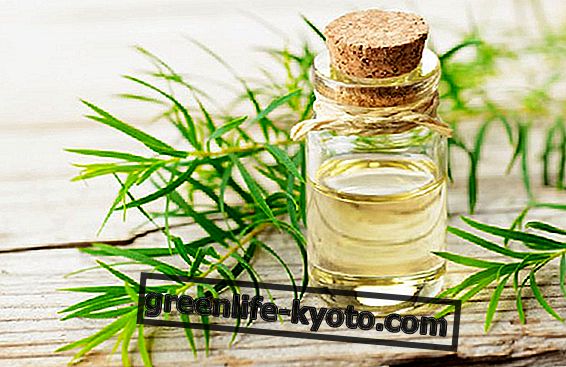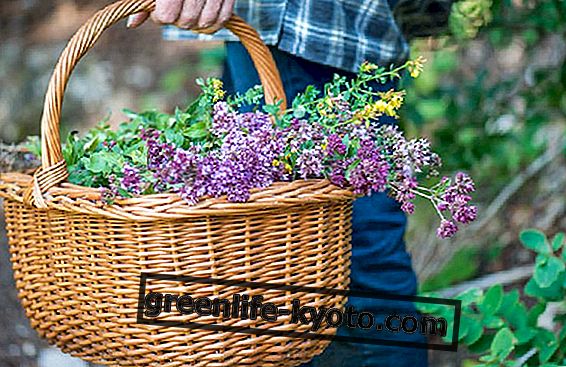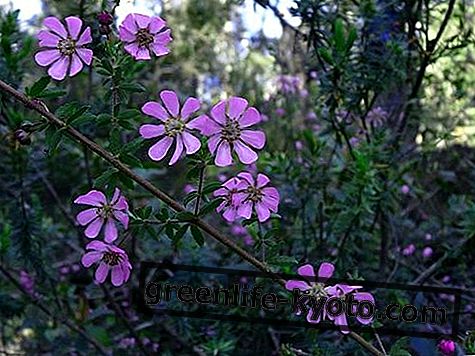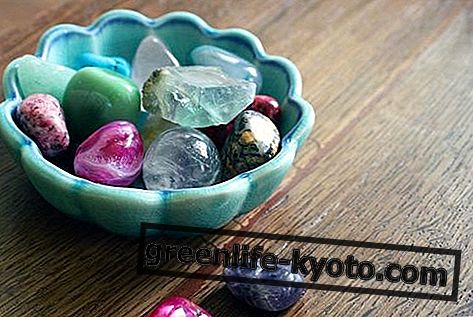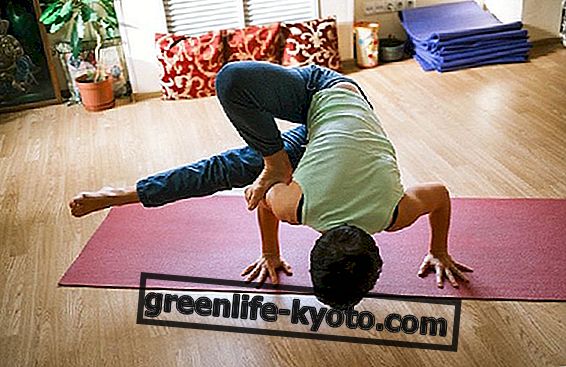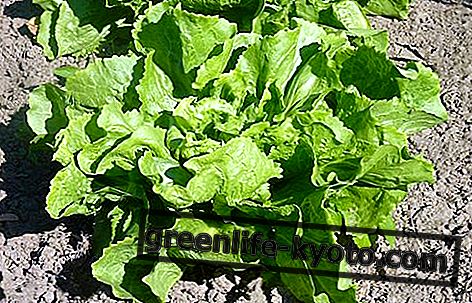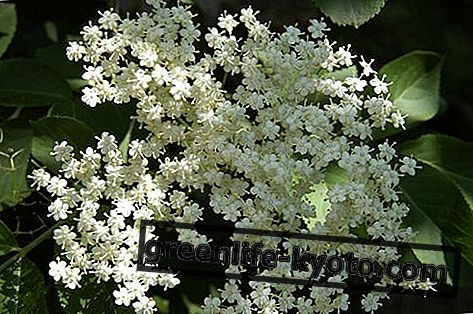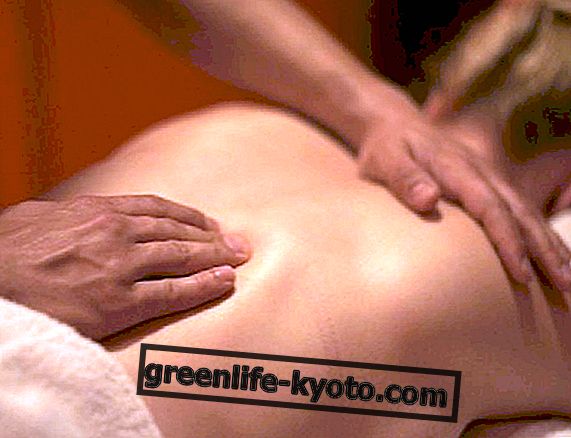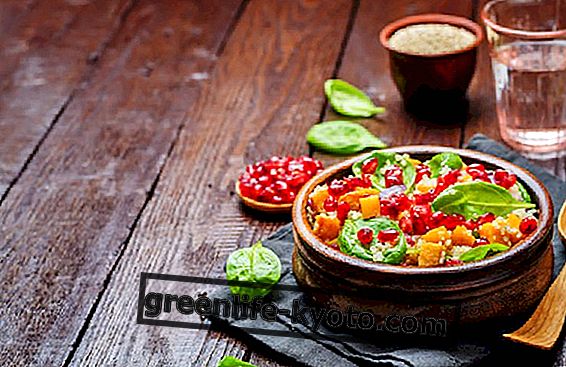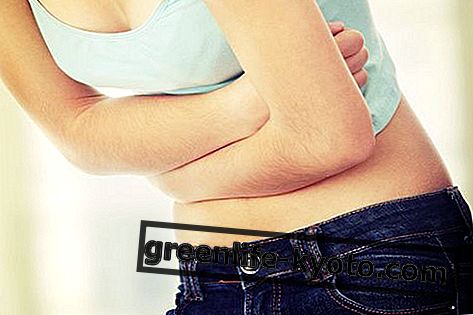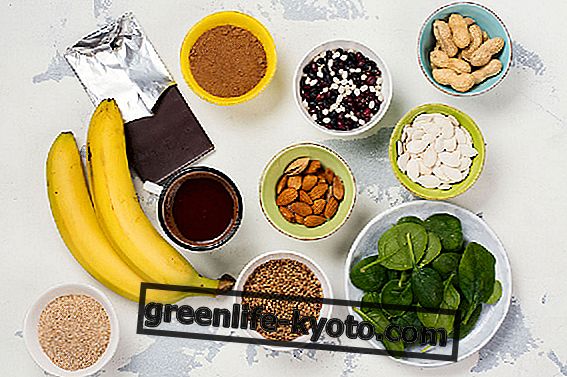
Give a healthy world, here are the bio materials
Make yourself a nice present for this end of the year 2018: leave the old plastic behind and choose biodegradable materials.
First, write down the correct ways to recycle, following the local guidelines indicated by your Municipality of residence. But, to intervene at the source, avoid directly producing waste that is difficult (or impossible) to recycle .
This change in habits is much simpler than it seems. Learn to buy in a conscious way, choosing biodegradable materials and making a list of those products that are not yet in your home, and pass the word as much as possible on the small tricks to protect the environment.
We can all make a difference, becoming more aware of the fact that our every day choice has an impact on the planet .
Therefore, be active and critical, starting from the purchases for Christmas gifts. Here is a brief vademecum that can help you in choosing the main biodegradable materials .
What are bioplastics
Bioplastics are alternatives to plastic made from organic material (corn, wheat, beet, but also tomato or potato skins).
Among the most widely used bioplastics we find Mater-Bi, PLA or Biolice . But there are many other organic materials being studied or improved, such as cellulose pulp, paper and bioplastics combinations, CPLA or Bio-On .
These materials are recognized by the wording "biodegradable and compostable", or by the indication of the European standard (UNI EN 13432: 2002) or of the certification body's trademark.
Bioplastic is usually used for bags, bags and packaging ; but crockery, plates and trays are becoming more and more popular.
If dirty and used, these products are usually given together with the organic . If, on the other hand, they are new and clean, they can be collected together with plastic for a certain percentage. The best thing is to carefully consult the indications in the packaging, comparing them with the municipal regulation.
The most common biodegradable materials
The bioplastics are not all the same : each of them is suitable for specific products and uses. Let's explore the most common types together.
Mater-Bi, for the home
This material, made from corn starch, is in a grainy state in its raw state and is then processed and processed. It is used for the production of cotton buds, disposable stogaviglie (plates, glasses, cutlery, trays, straws), products for agriculture or toys for children.
From January 2018, Mater-Bi bags are used by law for the purchase of fruit and vegetables sold in supermarkets.
PLA, for bottles and containers
Totally compostable, PLA is poliattic acid, a polymer derived from vegetable sources (beetroot, corn, wheat).
It is used for food packaging (such as bread), for juice, water and milk bottles, and for perfume, detergent, grease and oil containers . It is not suitable for containing hot food.
Biolice, for agriculture and the garden
Biodegradable and compostable, this polymer is derived from corn and wheat. It is mainly used in agriculture and can be worked in combination with other materials, such as linen or hemp textile fibers.
You can also make shopping bags, separate collection bags, horticulture and gardening products, but also stationery and children's toys .
